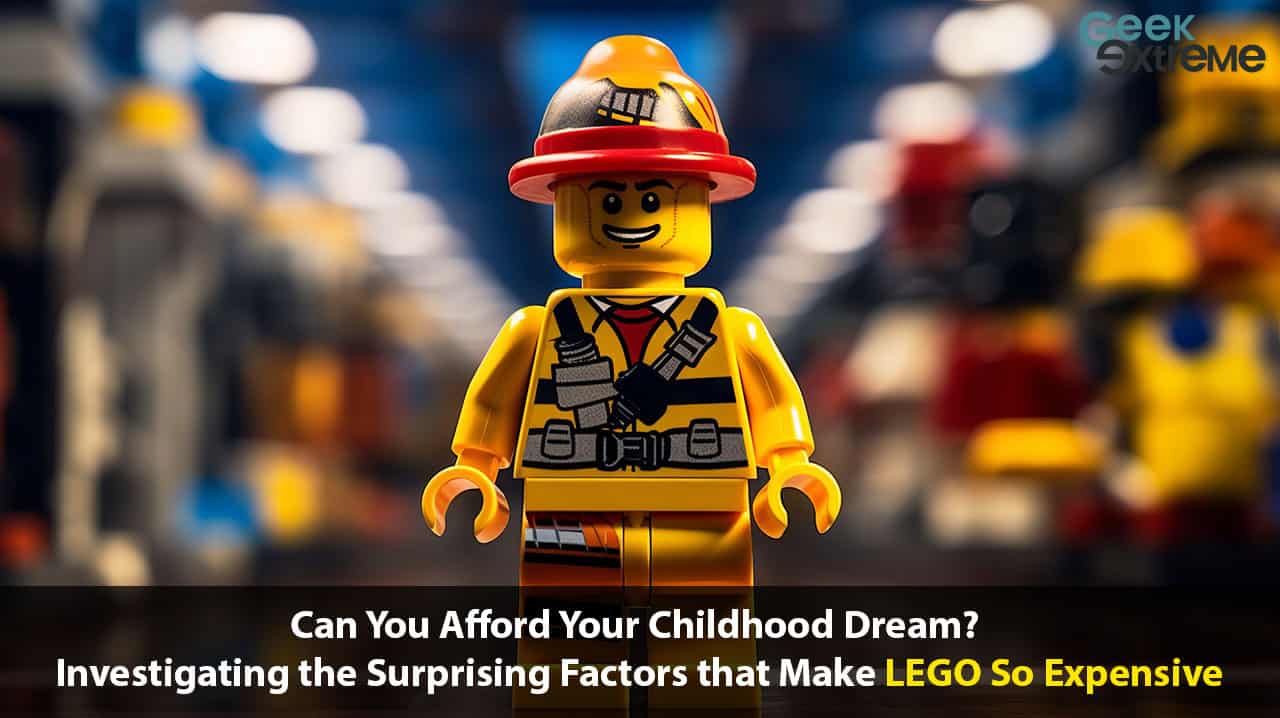Ever wondered why LEGO bricks come with such a hefty price tag? Many of our readers are asking us, “Why is LEGO so expensive?” And as a fellow LEGO enthusiast and collector, I’ve often puzzled over the same question. This blog post will take you on an informative journey, breaking down key factors like top-notch quality materials, licensing fees, sustainable efforts, and extensive research that make LEGO sets worth every penny.
Intrigued? Let’s uncover the mystery behind this toy empire’s pricing strategy!
Key Takeaways
LEGO sets are expensive due to factors such as the use of high-quality materials, the size, and complexity of the sets, licensing fees for popular franchises, attention to detail in design and production, branding efforts, sustainability initiatives, and research and development costs.
The high-quality materials used in LEGO bricks ensure durability and longevity. Each brick is made from durable ABS plastic that retains its shape and color even under pressure. LEGO invests heavily in research and development to continuously improve their products.
Licensing agreements with popular franchises like Disney and DC Comics add value to LEGO sets but also contribute significantly to their cost.
LEGO’s commitment to sustainability is reflected in their efforts to minimize environmental impact through initiatives like Lego Replay, which encourages toy donation instead of disposal, as well as investments in sustainable materials.
Table of Contents
Understanding the LEGO Brand
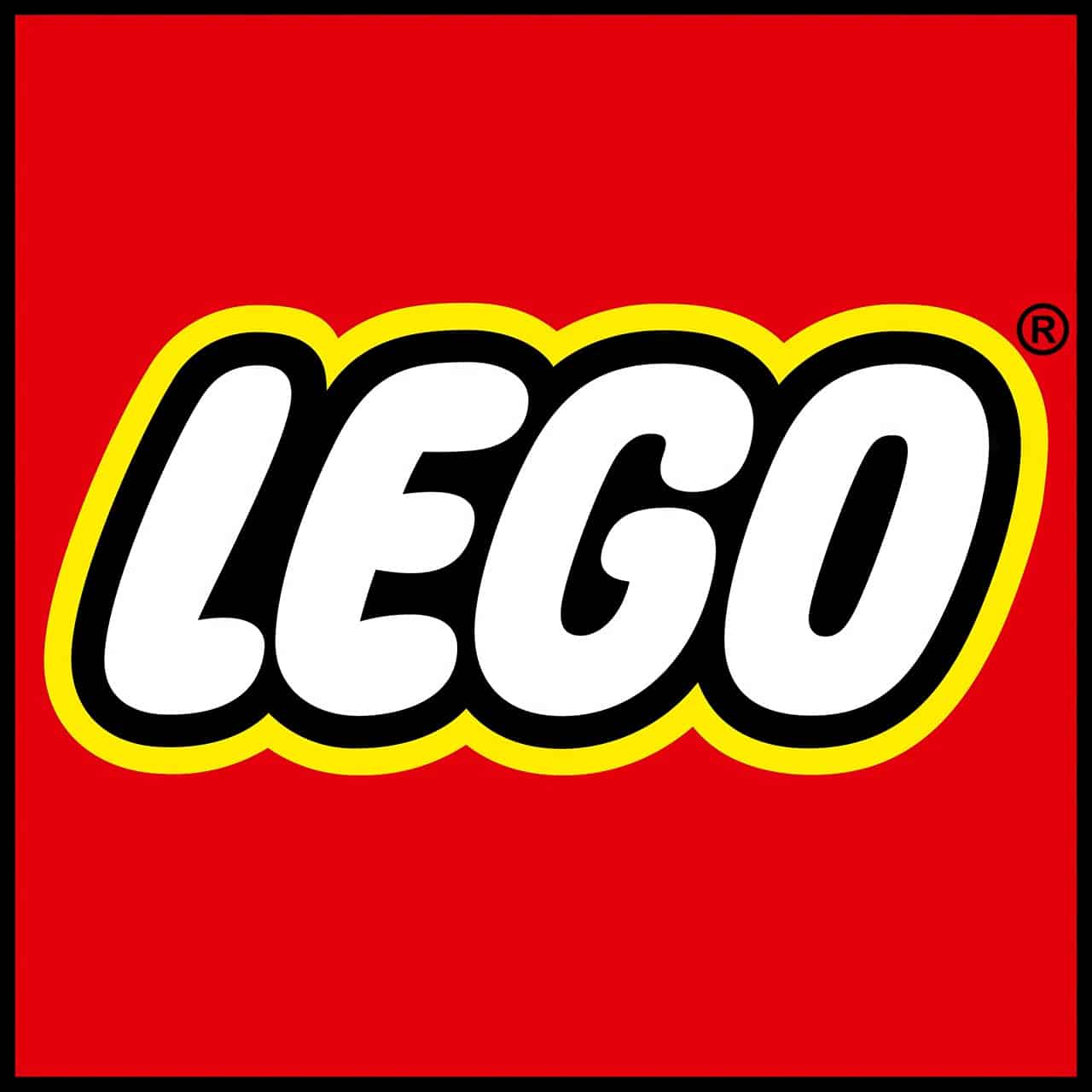
Every kid, geek, and imaginative mind recognizes those vibrant interlocking bricks. I’m talking about LEGO toys – the most popular construction toy that has become a multi-generational icon of childhood.
The popularity and good reputation have allowed the company to expand beyond just a brick-making brand into the realms of video games, movies, and fashion collaborations, creating an immersive world around it.
Accustomed to navigating through themed sets such as LEGOLAND parks and LEGO stores worldwide is an experience you pay for when buying their products. Licensing partnerships with giants like Disney, DC Comics, Jurassic Park, and Stranger Things also burgeon expenses yet ramp up demand from avid collectors, vastly increasing LEGO set’s cost.
This expansion from plastic bricks into branded themes boosts not only their sales but also works wonders in brand-building efforts allowing them to charge a premium price for their products as they are seen as more than just toys – but rather hobby instruments for both adults and children alike.
Key Factors Driving Up LEGO Prices

LEGO prices are driven up by factors such as the use of high-quality materials, the size and complexity of LEGO sets, licensing fees for popular franchises, attention to detail in design and production, brand-building efforts, sustainability initiatives, and the costs associated with research and development.
High-Quality Materials
LEGO’s commitment to top-tier quality is undeniable, and it starts with the materials used in every single LEGO brick. Each piece is made from durable, high-quality acrylonitrile butadiene styrene (ABS) plastic known for its resilience and strength, which explains why your LEGO sets last for years without any wear or tear! This isn’t by accident; the meticulous selection of superior thermoplastic polyester guarantees that even under pressure, your favorite LEGO models retain their shape and color.
Consider the sheer number of bricks in some sets – like Lego Technic sets or extravagant themes such as LEGO Star Wars Millennium Falcon set boasting a whopping 7500 pieces. Alongside size comes complexity – ever tried assembling the Ferrari LEGO 1/17th F430 Spider? The precision required to make thousands of unique tiny parts fit together perfectly demands the use of robust material solid enough not to break during assembly yet versatile enough so they can be dismantled easily.
Therefore, when you factor in these characteristics alongside various environmental tests each brick undergoes before reaching store shelves – durability checks, drop tests, etc., it’s easier to appreciate why these seemingly simple toy building blocks carry a higher price tag than many other toys on toy store shelves.
Size and Complexity of LEGO Sets
No matter your age or skill level, there’s a LEGO set tailored just for you with the size and complexity that fits perfectly. The delightful challenge of assembling hundreds, if not thousands, of individual pieces, contributes to the allure of LEGO sets for both kids and adults alike.
These tiny bricks – meticulously designed from high-quality ABS plastic – transform into marvels like the LEGO 10179 Ultimate Collector’s Series Millennium Falcon or the intricate architecture sets when pieced together.
Since larger sets often contain thousands of elements that are all precision-engineered for compatibility across multiple themes and collections, it naturally impacts their cost. So while these hefty boxes might put a dent in your wallet up front, keep in mind that LEGO carefully calibrates each set’s difficulty level— providing endless hours of enjoyment while honing your spatial awareness and problem-solving skills too!
Licensing Fees
One major factor contributing to the high cost of LEGO sets is licensing fees. LEGO has acquired the rights to produce sets based on popular film and TV franchises like Disney, DC, Jurassic Park, Minecraft, and Stranger Things.
However, obtaining these licenses comes with a hefty price tag. In fact, in 2020 alone, LEGO spent around $500 million on license and royalty expenses. These fees are ultimately reflected in the prices of LEGO sets featuring licensed characters or themes.
So while we get to enjoy building our favorite Marvel superheroes or exploring Hogwarts with Harry Potter, it’s important to consider that these licensing fees contribute significantly to the overall expense of LEGO products.”.
Attention to Detail
One of the reasons why LEGO sets have a higher price tag is because of the incredible attention to detail that goes into each and every piece. From the intricate design of the bricks to the precision engineering involved, LEGO sets are unmatched in their craftsmanship.

Each brick is made with high-quality materials, ensuring that they are sturdy and fit together perfectly. In fact, each LEGO brick is accurate within 0.004 mm and even has a numbering system for precise mold identification.
This level of detail not only contributes to the overall quality of LEGO sets but also enhances the joy and experience of building with them. Geek enthusiasts can appreciate this commitment to perfection, knowing that their LEGO creations will be nothing short of amazing.
Brand Building
As a LEGO enthusiast, I’ve always marveled at the incredible brand building that LEGO has achieved over the years. From their iconic logo to their distinctive brick design, every aspect of the LEGO brand exudes quality and craftsmanship.
This strong brand identity has allowed LEGO to establish itself as a leader in the toy industry, commanding higher prices for their products.
LEGO’s commitment to excellence is evident in their attention to detail and precision engineering. Each brick is meticulously designed and manufactured with high-quality materials like ABS plastic, ensuring durability and strength.
This level of craftsmanship sets LEGO apart from its competitors like MegaBloks or KRE-O, who often struggle to achieve the same level of sturdiness and compatibility.
Furthermore, LEGO’s extensive range of licensed partnerships with popular franchises like Disney, DC Comics, Jurassic Park, Minecraft, and Stranger Things adds significant value to their sets.
These collaborations allow fans to bring characters and scenes from their favorite movies or TV shows into the world of LEGO construction. However, securing these licensing agreements comes at a cost which is reflected in the price tag.
Sustainability Efforts
LEGO’s commitment to sustainability is a key factor that contributes to the higher prices of their products. They have implemented various initiatives to minimize their environmental impact and create a more sustainable future.
For instance, LEGO has launched programs like Lego Replay, which encourages parents to donate old LEGO toys instead of throwing them away, reducing the need for new production and minimizing waste.
Moreover, they have pledged to eliminate single-use plastic packaging by 2025 and have already invested over $400 million in their “Learning Through Play” initiative, which focuses on reducing carbon emissions and replacing plastic packaging with paper alternatives.
Additionally, LEGO has developed bricks made from sustainable materials like sugar cane and recycled plastic bottles as part of their long-term goal to use only environmentally-friendly materials by 2030.
Research and Development Costs
As a LEGO enthusiast, I’ve always been fascinated by the incredible designs and innovations that come with each new LEGO set. But have you ever wondered why LEGO sets can sometimes be on the pricier side? Well, it all comes down to the extensive research and development costs that go into creating these beloved bricks.
LEGO invests over $138 million per year in research and development alone, constantly pushing boundaries to develop new products and improve their bricks. This means endless hours of testing different materials, exploring manufacturing techniques, and ensuring that every brick meets their high standards of quality.
Not only does this commitment to research and development lead to innovative designs and intricate creations, but it also allows for continuous improvements in terms of durability and strength.
And let’s not forget the attention to detail that makes building with LEGO such a joyous experience!
Is LEGO Worth the Price?
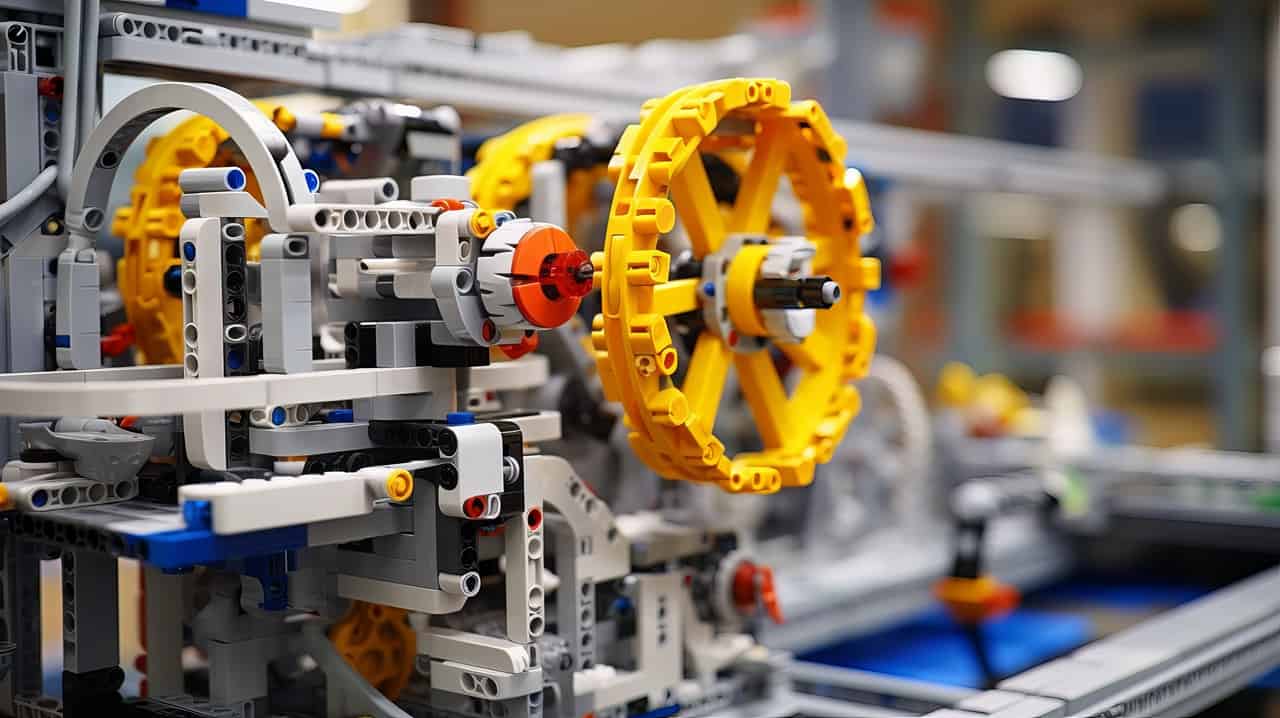
LEGO is definitely worth the price because it offers durability and longevity, intellectual development benefits, and potential resale value.
Durability and Longevity
As a LEGO enthusiast, I can tell you that one of the main reasons why LEGO sets are worth the price tag is their exceptional durability and longevity. Unlike other brands like MegaBloks or KRE-O, LEGO bricks are made from high-quality thermoplastic materials that make them incredibly strong and resistant to wear and tear.
This means that your LEGO creations will stand the test of time, even after countless hours of building and playing.
Not only do LEGO bricks hold up well over time, but they also offer excellent customer service. If you ever lose or break a piece, LEGO provides replacements so you can continue building without any hiccups.
The attention to detail in the manufacturing process ensures that each brick is accurate within 0.004 mm and has a precise numbering system for mold identification.
Additionally, it’s important to note that investing in LEGO sets offers more than just entertainment value; it’s an investment in creativity and intellectual development. Building with LEGOs sparks joy and stimulates the imagination in children of all ages (yes, adults, too!).
It promotes problem-solving skills, spatial awareness, and fine motor skills while providing hours of engaging play.
Moreover, there’s something special about sharing the experience of building with LEGOs across different generations. Whether it’s grandparents bonding with grandchildren or friends coming together to construct intricate models like the iconic Millennium Falcon set (which holds tremendous resale value), these durable toys create lasting memories.
In conclusion, LEGO sets may come with a higher price tag compared to other construction toy alternatives, but considering their durability throughout decades, along with exceptional customer service, makes every penny worth it! These high-quality bricks are made to withstand rigorous playtime while promoting creativity and intellectual development at every step.
So go ahead – build your own worlds brick by brick because, with LEGOs, anything is possible!
Intellectual Development Benefits
LEGO sets offer much more than just fun and entertainment. They also provide significant intellectual development benefits for both kids and adults. Building with LEGO bricks stimulates critical thinking, problem-solving skills, and spatial awareness.
As you carefully follow instructions or create your own designs, you are constantly analyzing, planning, and strategizing to achieve the desired outcome. This process enhances logical reasoning abilities and encourages creative solutions to challenges.
Furthermore, LEGO sets promote hand-eye coordination as you manipulate the small bricks and connect them together. This dexterity not only improves fine motor skills but also helps develop focus and concentration.
With each new creation, you gain a sense of accomplishment that boosts self-confidence and encourages perseverance in overcoming obstacles.
In addition to these cognitive benefits, LEGO sets allow for imaginative play by creating immersive worlds filled with stories and characters. Role-playing scenarios using LEGO Minifigs enhance storytelling abilities while fostering social interaction among siblings or friends.
Resale Value
One of the key factors that make LEGO sets worth the price is their impressive resale value. As a geek and LEGO enthusiast, I’m sure you’d appreciate knowing that investing in LEGO can actually be a smart financial move.
Unlike many other toys, LEGO sets often increase in value over time, making them highly sought after by collectors and enthusiasts alike. In fact, certain exclusive or limited-edition sets have been known to fetch huge sums of money on the secondary market.
So not only do you get to enjoy building and playing with your LEGO creations, but you also have the potential to turn them into valuable assets down the line. It’s like having your own little stash of bricks that could end up being worth a small fortune someday! And let’s face it – who wouldn’t want that?
How to Get LEGO Sets for Less
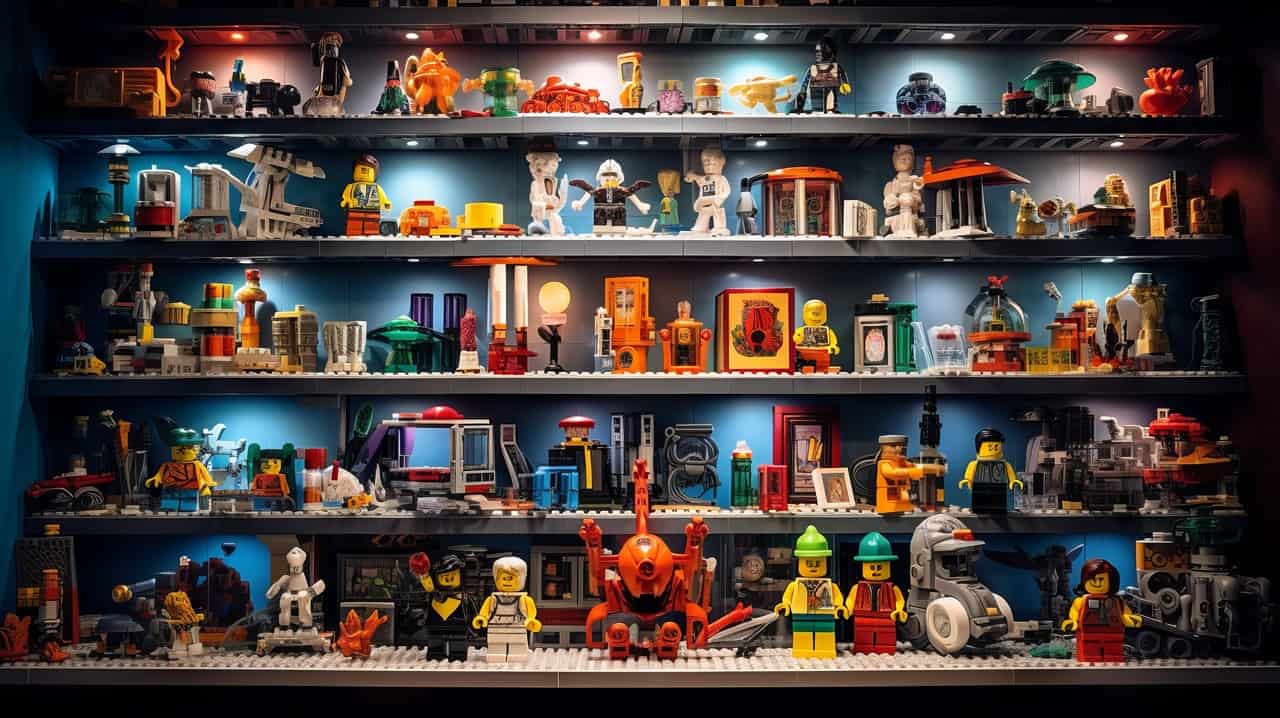
To get LEGO sets for less, consider shopping for used sets or keeping an eye out for sales and discounts.
Shopping for Used Sets
If you’re a LEGO enthusiast on a budget, shopping for used sets can be a smart way to satisfy your building cravings without breaking the bank. Used LEGO sets offer great value, as they are often more affordable compared to buying brand-new ones.
One of the reasons why used LEGO sets are worth considering is their durability and longevity. LEGO bricks have a reputation for lasting for years and being incredibly durable, which means that even pre-owned sets still have plenty of building potential.
Additionally, if you come across missing or broken pieces in a used set, don’t worry! LEGO offers excellent customer service and replacement options for lost or damaged parts, ensuring that you can continue enjoying your second-hand set without any hiccups.
Looking for Sales and Discounts
I love getting the most bang for my buck, especially when it comes to LEGO sets! One way to score those coveted LEGO sets at a more affordable price is by keeping an eye out for sales and discounts.
Many retailers offer promotions throughout the year, so be sure to subscribe to their newsletters or follow them on social media. Don’t forget about popular shopping holidays like Black Friday and Cyber Monday – they often have fantastic deals on LEGO products.
Another tip is to check out online marketplaces where individuals sell used LEGO sets. You can sometimes find rare or discontinued sets at a fraction of the original price. So don’t forget to do some sleuthing and snatch up those discounted LEGO gems!
Alternatives to LEGO
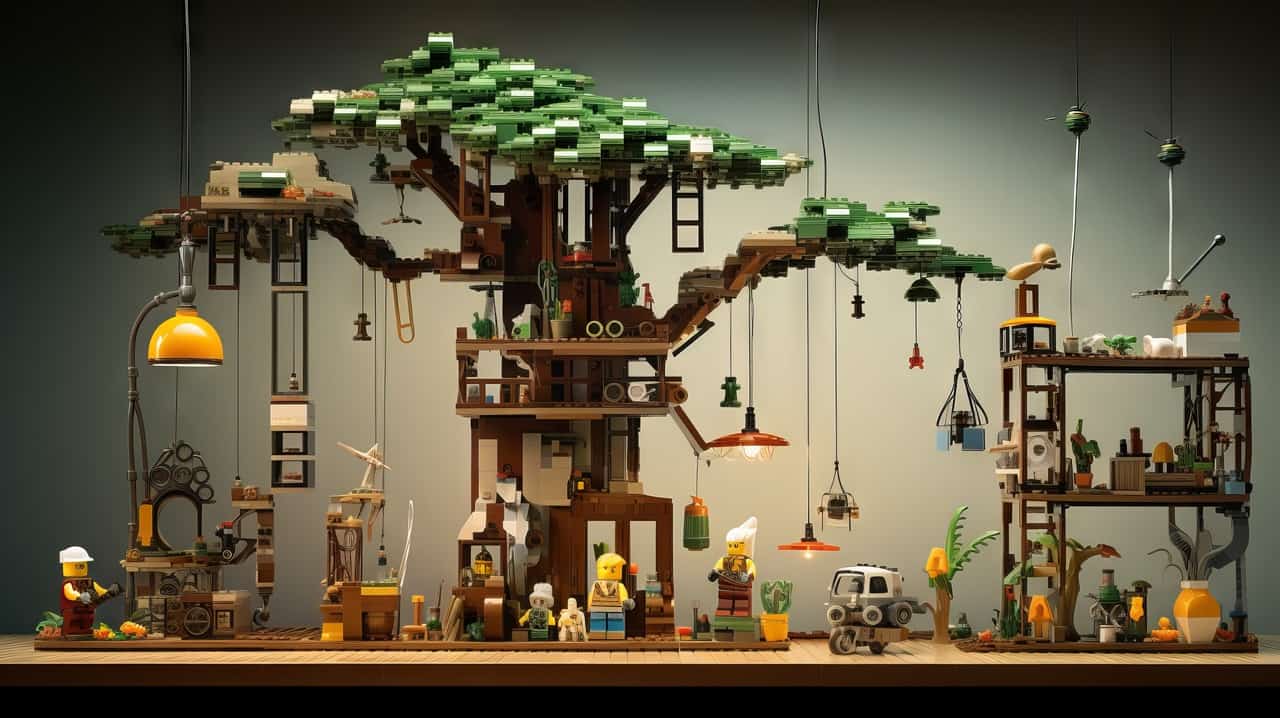
Let’s check out some alternatives to LEGO that can still offer a stimulating and enjoyable building experience without the hefty price tag.
- Mega Bloks: Known for its quality materials and diverse range of sets, this brand offers a similar experience at a more affordable price.
- K’NEX: Known for their unique designs and flexible structure, K’NEX sets allow for creative construction options beyond the typical brick format.
- Playmobil: While not strictly a building toy, Playmobil sets are loved by many for their detailed themes and characters. They won’t break the bank, either.
- Nanoblocks: These miniature building blocks are a great alternative for those seeking a challenge. Plus, they’re quite a bit cheaper than LEGO sets.
- LEGO Replays: Not a brand alternative but a program by LEGO, Replay allows you to donate your used LEGO bricks for a good cause. It’s a cost-effective way to recycle and reuse while supporting LEGO’s environmental initiatives.
- Best-Lock: Another brand offering cheaper building sets with comparable complexity, Best-Lock also provides a variety of themes to cater to various age groups.
- Lepin: This is a controversial one. Lepin sets are LEGO look-alikes and substantially cheaper, but they have been immersed in legal battles with LEGO over copyright infringement. Proceed with caution here.
- Sale and Discount Stores: Keep an eye on discount outlets and clearance sales as they often have LEGO sets, or comparable brands, at reduced prices.
In the end, while these alternatives may not carry the LEGO brand name, they’re capable of offering a similar level of fun and creative play.
Frequently Asked Questions About Why LEGO Is So Expensive
What are the main factors that contribute to the high cost of LEGO sets?
Several factors contribute to the high cost of LEGO sets, including the quality and durability of the bricks, the extensive research and development that goes into designing new sets, licensing fees for popular branded collaborations, and the ongoing maintenance and improvement of manufacturing facilities.
Are there any alternatives to buying brand-new LEGO sets at full price?
Yes, there are several alternatives to buying brand-new LEGO sets at full price. Some options include purchasing used sets from online marketplaces or brick-and-mortar stores, participating in LEGO swap events or communities where enthusiasts trade pieces they no longer need or even building your own creations using individual bricks purchased in bulk.
Does the complexity of a LEGO set affect its price?
The complexity of a LEGO set can have an impact on its price. More intricate designs generally require more time and resources during production, which can increase costs. Additionally, larger sets with a greater number of pieces tend to be priced higher due to their size and level of detail.
Is it worth investing in rare or limited-edition LEGO sets as a collector?
Investing in rare or limited-edition LEGO sets can potentially be worth it for collectors. These exclusive sets often appreciate in value over time if kept in good condition and become sought after by other collectors in future years. However, it’s important to carefully research market trends and consider factors such as popularity among collectors before making any investment decisions.
Conclusion
In conclusion, the high price of LEGO sets can be attributed to several key factors. The use of high-quality materials, intricate designs, and attention to detail all contribute to the overall cost.
Additionally, licensing fees for popular franchises and extensive research and development efforts also drive up prices. Despite the expense, many LEGO enthusiasts find that the durability, intellectual development benefits, and even potential resale value make LEGO sets worth every penny.
However, for those looking to save some money without compromising on quality playtime, exploring alternative options or shopping for used sets can be a viable solution.
